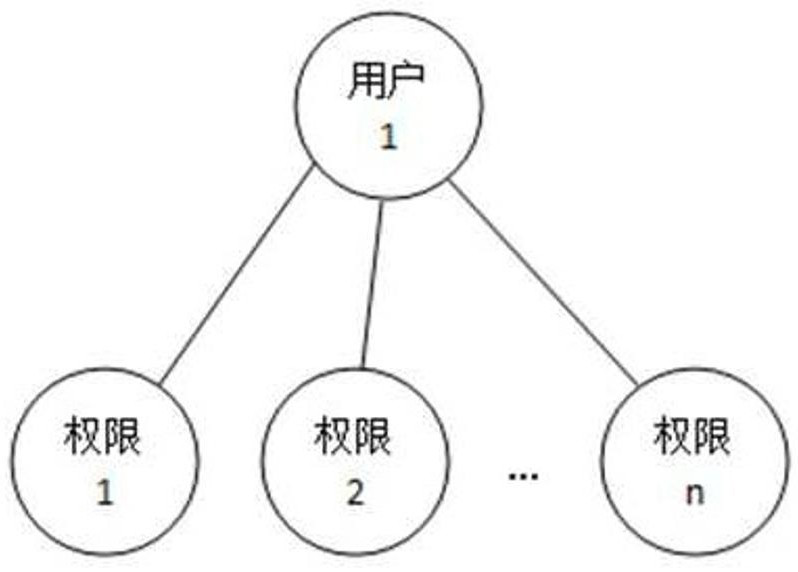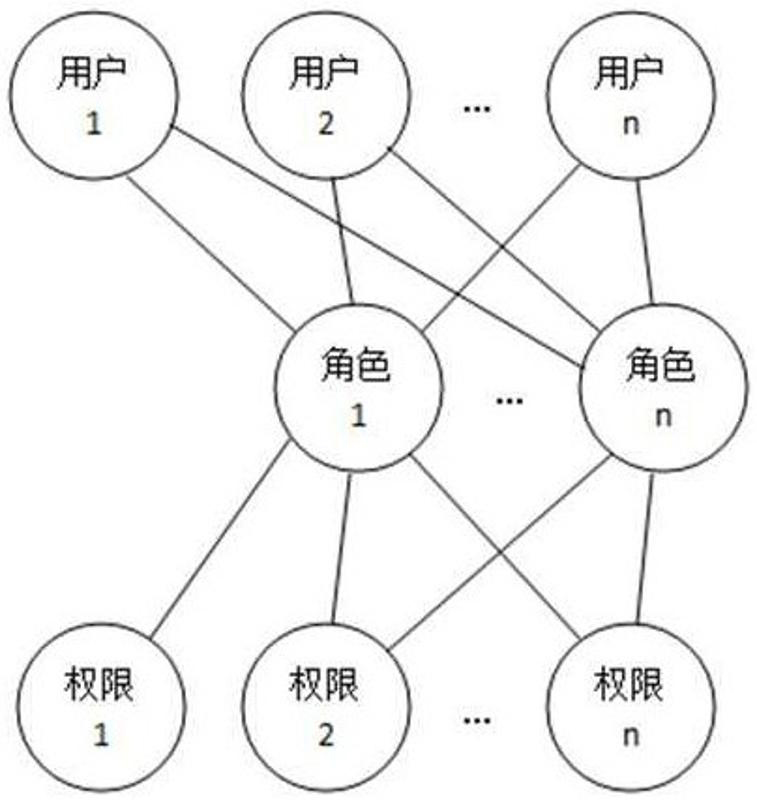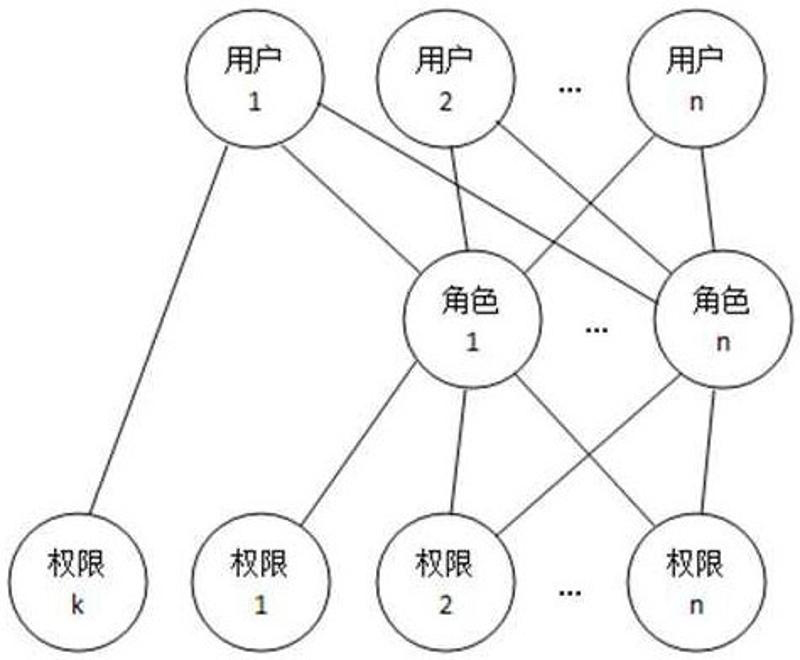Role-Based Menu Authorization Method
一种菜单、角色的技术,应用在基于角色的菜单授权领域,能够解决操作频繁、难记住角色权限差别、效率低等问题,达到提高授权效率的效果
- Summary
- Abstract
- Description
- Claims
- Application Information
AI Technical Summary
Problems solved by technology
Method used
Image
Examples
Embodiment 2
[0056] [Embodiment 2] A role-based menu authorization method, including: Select authorized objects: select one or more roles as authorized objects, each role is an independent individual, not a group / category, and one role can only Associate a unique user, and a user is associated with one or more roles; perform menu authorization on authorized objects: display the permission candidate menu, select an existing role or a created template as the authorization template, and use the existing role in the permission candidate menu The menu that has been selected and saved before the role or created template is automatically selected, select the corresponding menu from the permission candidate menu (select the menu that is not selected but needs to be selected, or the menu that is selected but does not need to be selected) to deselect); as in Figure 7As shown, clerk 1 (Zhang San) is the authorized object, and in the permission candidate menu, the menu that has been selected and save...
PUM
 Login to View More
Login to View More Abstract
Description
Claims
Application Information
 Login to View More
Login to View More - R&D
- Intellectual Property
- Life Sciences
- Materials
- Tech Scout
- Unparalleled Data Quality
- Higher Quality Content
- 60% Fewer Hallucinations
Browse by: Latest US Patents, China's latest patents, Technical Efficacy Thesaurus, Application Domain, Technology Topic, Popular Technical Reports.
© 2025 PatSnap. All rights reserved.Legal|Privacy policy|Modern Slavery Act Transparency Statement|Sitemap|About US| Contact US: help@patsnap.com



